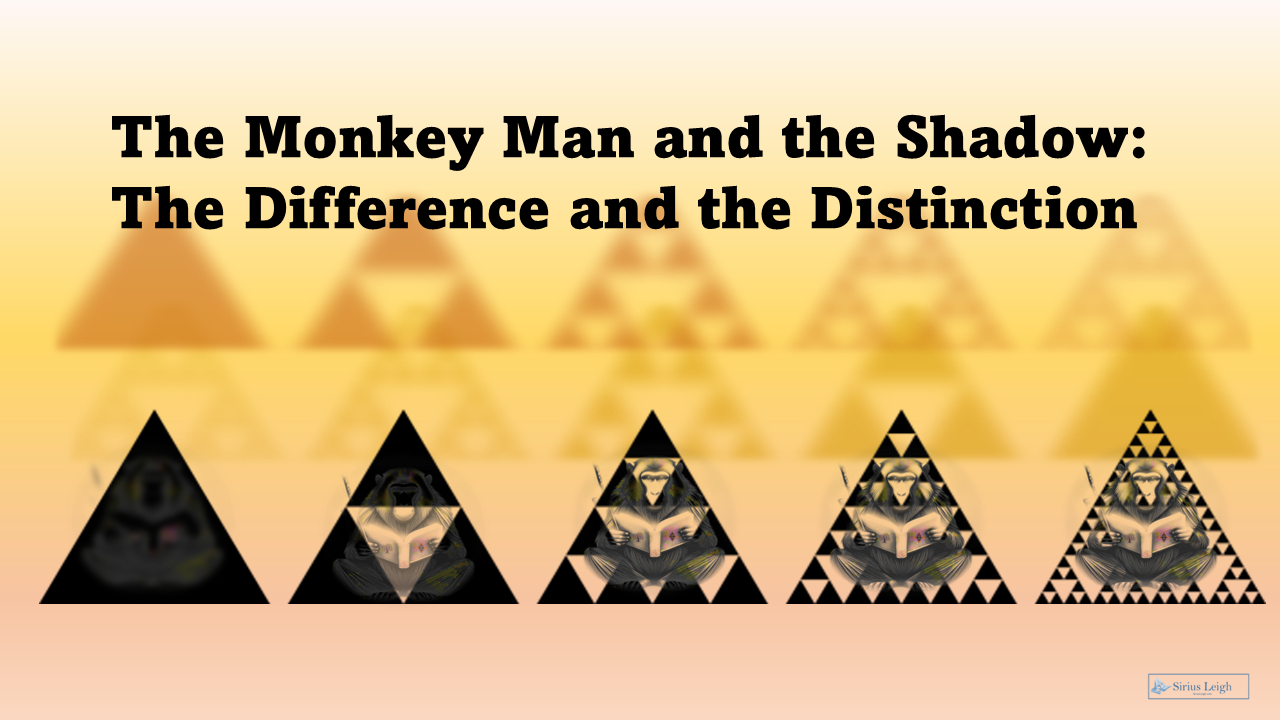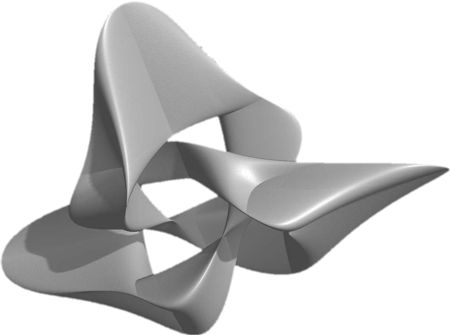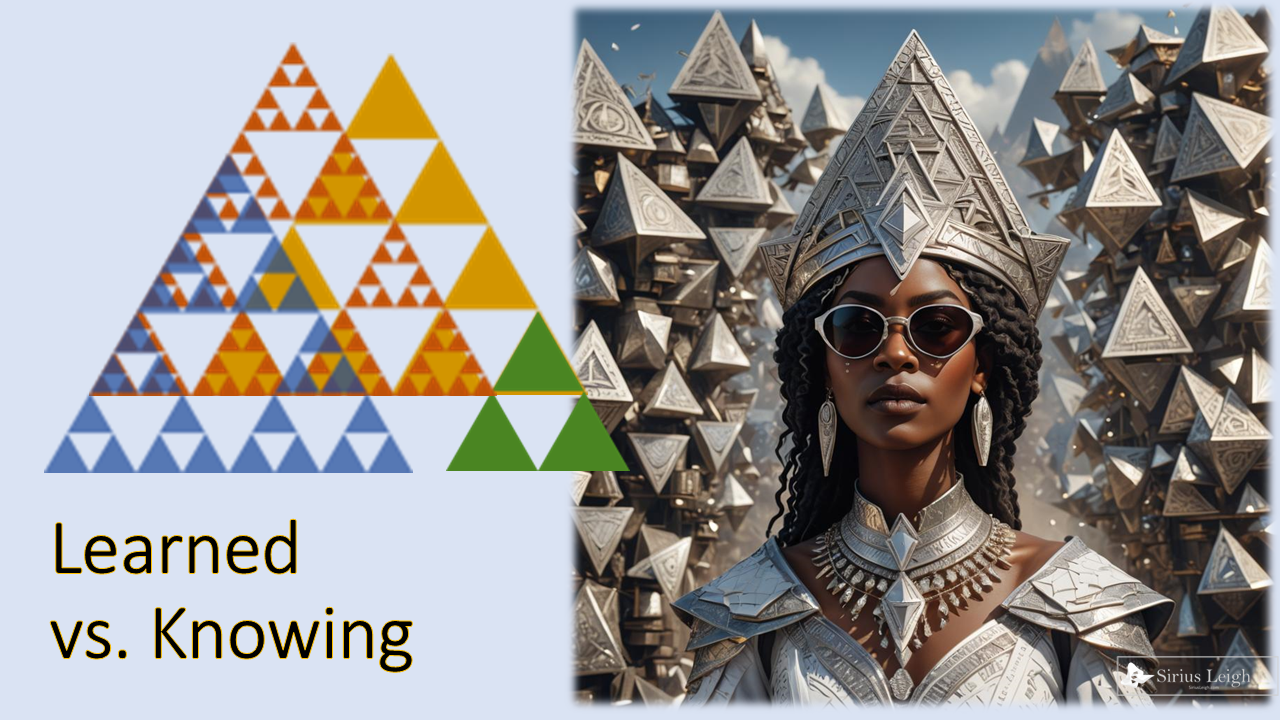
The Monkey Man and the Shadow: The Difference and the Distinction
In the landscapes of the human psyche, two figures sometimes appear side by side in conversation — but they are not the same. To help you navigate this terrain with both care and clarity, let’s explore and create a conceptual Difference and the Distinction between the JungianCarl Jung and Sigmund Freud made significant contributions to the field of psychology, however their theories and approaches differed in More concept of the shadow with the figure we call the Monkey Man.
At first glance, they may seem similar: both dwell in hidden places, both can startle us when they rise, and both have profound influence over how we navigate life. But they emerge from very different layers of the self, and confusing them can lead us down false trails of self-understanding.
✧ Understanding Jung’s Shadow
Jung’s shadow is a psychological and symbolic construct. Scientifically, a shadow is an effect of light — it only exists because something is illuminated. Psychologically, the shadow is everything the conscious ego resists or represses: traits, impulses, fears, or desires that don’t fit the image we present to ourselves and others.
But crucially, the shadow is cognizant — even when hidden. It exists just behind our awareness, shaping our projections, dreams, and relationships. When we engage in self-reflection or therapy, we can gradually bring the shadow into light, integrating its energy and becoming more whole. The shadow lives in the realm of personality, meaning, and self-narrative.
✧ Meeting the Monkey Man
The Monkey Man, on the other hand, comes from an older, deeper layer: the limbic system, the survival brain, the habits and instincts that form the foundation of our existence. He is not part of your psychological image; he is pre-image, pre-cognition. He was there before your prefrontal cortex formed into what you call your cognition. The Monkey Man does not care about your self-concept, your social mask, or even who say you are — he cares about survival, routine, pattern maintenance and dopamine• Role in the Brain: Dopamine is central to the brain's reward and pleasure systems. It drives motivation and influences More.
He operates invisibly behind the scenes, running the routines that keep you alive: habits, reflexes, biases, survival patterns. You rarely meet him directly, because he thrives when things stay stable. But when a paradigm shift occurs — not just a bad day or mood swing, but a deep rupture in the mental frameworks you rely on for dopamine• Role in the Brain: Dopamine is central to the brain's reward and pleasure systems. It drives motivation and influences More — the Monkey Man stirs.
When the world no longer operates by the rules he knows, he experiences duress. How he handles that disruption depends entirely on one thing: training. Has he been taught flexibility, adaptation, resilience? Or has he been left untamed, unchallenged, untrained, operating only from inherited survival codes?
✧ The Challenge of Embracing the Monkey Man
It’s worth acknowledging that many people resist the idea of the Monkey Man within themselves. To call something “monkey” often carries connotations of chaos, wildness, or lack of control. Many recoil from the notion, as if to say: I am not primitive; I am rational, evolved, sophisticated.
But the Monkey Man is not an insult. He is your foundation. He is the engine that keeps you running, the background hum of survival that frees up your mind to dream, create, and love. And most importantly, he can be trained. You are not locked into his defaults. The catch is that he can not be trained by direct logistics. With attention, practice, and care, you can help him become more adaptive, less reactive, more skillful when change shakes the ground beneath you.
Last year, a collection of storms caused wide spread power outages across the Cleveland area. You want to see the outer edges of the Monkey Men form? Let the electricity go out for a few days. Those rational, evolved, sophisticated people manifest him practically before your eyes.
✧ Why This Distinction Matters
To confuse the shadow with the Monkey Man is to misunderstand two different layers of the human experience. The shadow is a psychological phenomenon shaped by light and awareness, by narrative and identity. The Monkey Man is pre-narrative — he is raw instinct, living at the level of breath, heartbeat, gut reaction.
Together, they form a complex, beautiful dance within you. But they are not the same.
You integrate the shadow by bringing it into consciousness.
You train the Monkey Man by reframing patterns at the core of your being. The catch is that the Monkey Man will not get the point until it is felt. You can’t just talk him into being better. He doesn’t respond to logistics.
When I talk about the Monkey Man, there is a part of me that hopes you think I’m exaggerating, confused or poorly educated. A part that hopes this concept is confused with Shadow and the unaware can skip along the line.
Because this means that you haven’t had to face your own Monkey Man, and I envy that ignorance. There’s a certain comfort in believing that you’ve evolved. Nestled in the psychological safety of theoretical discussions.
Yet, there’s the other part of me that knows that if you have encountered your Monkey Man and you’re NOT confined to a cage (real or imagined) – you’re tough.
Actually this entire site could be called The Mythomatician’s Field Guide. But I like creating subsets for…
The Space Where Life Becomes the Teacher I studied Spanish for three years in high school and…


